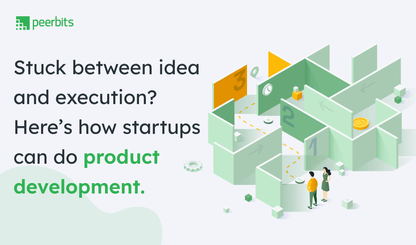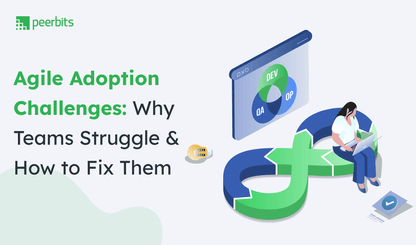The education landscape has undergone a transformative shift towards digital learning. With the advent of technology, students and educators now have access to an abundance of online resources and tools, offering an unprecedented level of flexibility and convenience. However, this digital revolution has also raised concerns about maintaining assessment integrity.
To address these concerns, proctoring solutions have emerged as a crucial component of the digital learning ecosystem. In this blog, we will explore the digital learning revolution, the need for assessment integrity, what proctoring solutions are, the different types of proctoring solutions, and the pivotal role they play in ensuring the fairness and security of online assessments.
The Digital Learning Revolution
The digital learning revolution, sometimes referred to as eLearning or online education, has radically changed the way we access and engage with educational content. It offers numerous benefits, including:
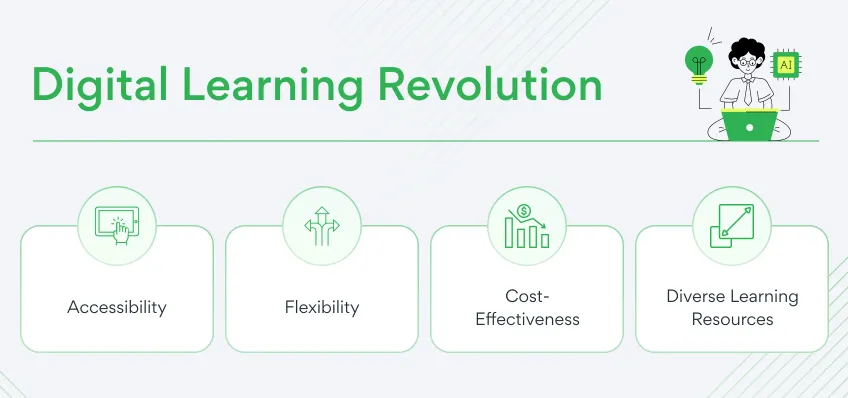
Accessibility
Online education breaks down geographical barriers, making quality education accessible to individuals worldwide.
Flexibility
Students can learn at their own pace and on their own schedules, accommodating work, family, and other commitments.
Cost-Effectiveness
Online courses are often more affordable than traditional in-person education, allowing more people to access higher education.
Diverse Learning Resources
Digital learning platforms offer multimedia content, interactive quizzes, and collaborative tools, enhancing the learning experience.
The Need for Assessment Integrity
Despite the many advantages of digital learning, the need for assessment integrity is paramount. Maintaining the fairness and security of assessments is crucial to ensuring that students earn their credentials honestly. Common concerns in digital assessments include:
Cheating
The absence of physical proctors and monitoring can encourage dishonest behavior, such as plagiarism or getting unauthorized assistance.
Identity Verification
Ensuring that the person taking an online assessment is indeed the enrolled student is challenging without proper measures.
Content Security
Protecting the assessment questions and answers from being leaked or shared is vital to maintaining assessment integrity.
What are Proctoring Solutions?
Proctoring solutions are technology-based tools and services designed to address the challenges associated with online assessments. These solutions are responsible for monitoring, verifying identities, and ensuring the integrity of digital assessments.
Types of Proctoring Solutions
There are several types of proctoring solutions available, each catering to different needs and preferences. These include:
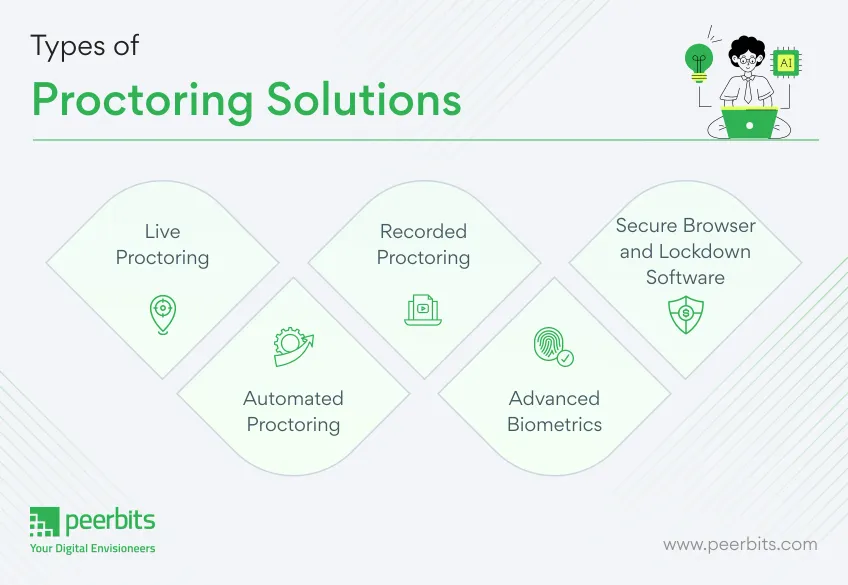
Live Proctoring
Live proctoring involves a human proctor who monitors students in real-time via webcam. They ensure that the assessment is conducted fairly, and they can intervene if any suspicious activity is detected.
Automated Proctoring
Automated proctoring relies on AI algorithms to monitor students during assessments. It tracks behaviors like eye movement, keyboard input, and background noise to identify potential cheating.
Recorded Proctoring
In recorded proctoring, the assessment is recorded for later review. In case of suspicion or violations, instructors can review the footage to verify if any cheating occurred.
Advanced Biometrics
Some proctoring solutions employ advanced biometric verification methods like facial recognition and fingerprint scanning to ensure the identity of the test-taker.
Secure Browser and Lockdown Software
These solutions restrict a student's ability to open other applications or access external resources during the assessment, reducing the chances of cheating.
The Role of Proctoring Solutions
Proctoring solutions play a pivotal role in the digital learning ecosystem by:
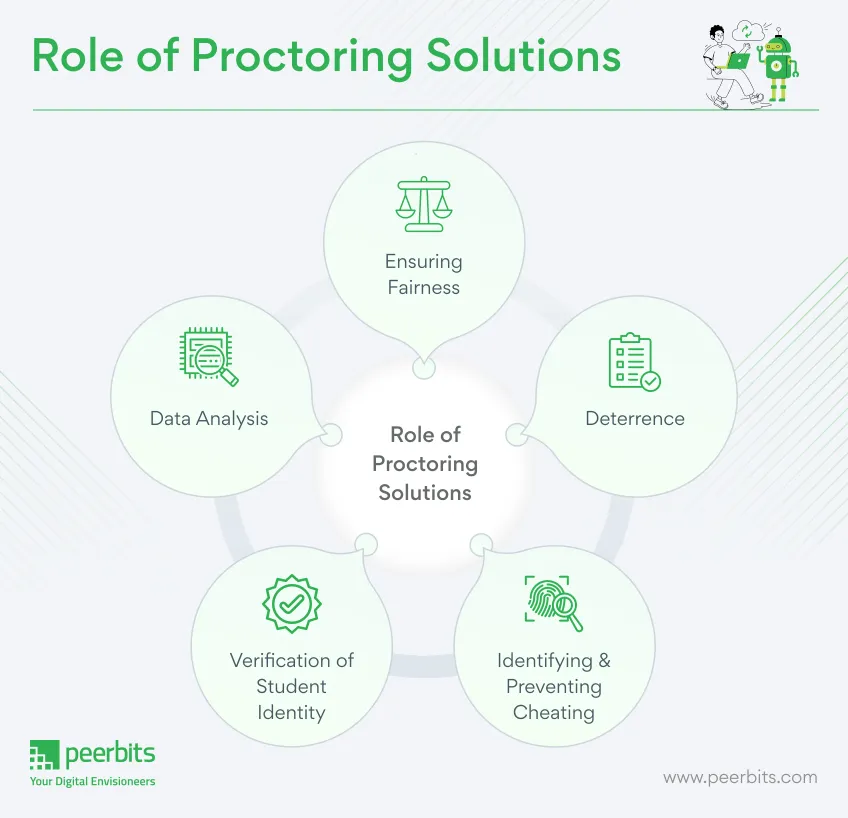
Ensuring Fairness
By monitoring and verifying students' actions, proctoring solutions create a level playing field, where everyone has an equal chance to demonstrate their knowledge.
Deterrence
The mere presence of proctoring solutions acts as a deterrent to dishonest behavior, reducing the temptation to cheat.
Identifying and Preventing Cheating
Proctoring solutions promptly identify and address cheating, preserving the integrity of the educational assessment process.
Verification of Student Identity
Proctoring solutions establish and verify the identity of students, ensuring that the right person is taking the assessment.
Data Analysis
Proctoring solutions collect data on student behavior during assessments, which can be analyzed to improve the assessment and instruction process.
The digital learning revolution has brought about remarkable advancements in education. However, to maintain the integrity of assessments in this new era, proctoring solutions have become indispensable. They ensure fairness, verify identities, and deter cheating, ultimately upholding the value of online education.
As technology continues to advance, so too will the tools and techniques used to ensure the authenticity of online assessments, allowing students and educators to reap the full benefits of the digital learning revolution.
How Proctoring Solutions Work: The Evolution of Assessment Integrity
The digital revolution has transformed the way we learn, and with it, the way we assess knowledge and skills. As online learning becomes more prevalent, ensuring the integrity of assessments is a growing concern. In response, proctoring solutions have emerged as a powerful tool to maintain the credibility of online evaluations.
In this blog, we will explore how proctoring solutions work, with a focus on three key approaches: Automated Monitoring, Live Proctoring, and the role of AI & Machine Learning.
Automated Monitoring
Automated monitoring is one of the fundamental components of proctoring solutions, utilizing advanced technologies to oversee and supervise test-takers. Here's how it works:
-
Webcam and Microphone Monitoring: Automated proctoring solutions access the test-taker's webcam and microphone to record their actions and surroundings during the assessment.
-
Screen Recording: These solutions capture everything displayed on the test-taker's screen, ensuring that they don't engage in unauthorized activities.
-
Browser Restrictions: To prevent cheating, automated proctoring tools can lock down the web browser, restricting access to external resources.
-
Keystroke Monitoring: Some systems record keystrokes to detect any unusual activity or excessive copying and pasting.
-
Identity Verification: Automated monitoring often includes facial recognition and ID checks to confirm the identity of the test-taker.
Automated monitoring is efficient and cost-effective, making it a popular choice for large-scale assessments. However, it may sometimes generate false positives or negatives and may not detect subtle forms of cheating.
Live Proctoring
Live proctoring takes online assessment supervision to a more interactive level by involving human proctors. Here's how it operates:
-
Real-Time Video Monitoring: Test-takers are connected to a live proctor via video conferencing tools. The proctor monitors them in real time, ensuring compliance with assessment guidelines.
-
Two-Way Communication: Test-takers can communicate with the proctor through chat or voice, seeking clarification on test-related questions or issues.
-
Immediate Intervention: In case of suspicious behavior, the live proctor can intervene, issue warnings, or even pause the assessment.
Live proctoring provides a higher level of security and can address complex situations effectively. However, it can be more resource-intensive and may require scheduling in advance.
AI & Machine Learning
Artificial Intelligence (AI) and Machine Learning have revolutionized proctoring solutions by enabling intelligent analysis of test-taker behavior. Here's how AI and Machine Learning are integrated into proctoring:
-
Behavioral Analytics: AI algorithms analyze patterns of behavior, such as eye movement, facial expressions, and unusual actions during the test.
-
Content Analysis: Machine Learning algorithms compare the content of the test-taker's screen with a database of known sources, checking for plagiarism.
-
Flagging Anomalies: AI can flag suspicious behavior, such as attempts to use smartphones or hidden notes, which might go unnoticed by human proctors.
-
Continuous Improvement: Machine Learning algorithms continuously learn and adapt, improving detection accuracy over time.
AI and Machine Learning enhance the effectiveness of proctoring solutions by providing a more nuanced and precise assessment of test-taker actions. They can identify subtle signs of cheating and adapt to new forms of dishonesty.
Benefits of Proctoring Solutions
The rise of digital learning has ushered in new and innovative ways of education, but with it, the need to ensure the integrity of assessments in an online environment. Proctoring solutions have emerged as a reliable and efficient means to maintain the credibility of online evaluations.
In this blog, we'll delve into the multitude of benefits proctoring solutions offer, covering various aspects of their functionality, from system setup and integration to image processing precision.
System Setup & Integration
One of the primary advantages of proctoring solutions lies in their ease of system setup and integration:
-
Seamless Integration: Proctoring solutions can be seamlessly integrated with existing Learning Management Systems (LMS) and assessment platforms, allowing for a hassle-free setup.
-
Scalability: These solutions can be scaled to meet the specific requirements of educational institutions, whether they need to proctor a handful of assessments or thousands.
-
User-Friendly Interface: Proctoring software often comes with a user-friendly interface, making it easy for both educators and students to navigate.
Student Authentication & Verification
Proctoring solutions excel in verifying the identity of the test-taker:
-
Biometric Verification: Many proctoring systems use biometrics, such as facial recognition and fingerprint scanning, to authenticate students.
-
ID Checks: They also include identity document checks, ensuring that the right student is taking the assessment.
-
Multi-Factor Authentication: Some solutions offer multi-factor authentication, providing an added layer of security.
Monitoring the Test-Taking Environment
Proctoring solutions provide a controlled and secure environment for online assessments:
-
Webcam and Microphone Monitoring: Real-time monitoring through webcams and microphones ensures students are adhering to the assessment guidelines.
-
Browser Lockdown: These solutions restrict access to external websites, minimizing the chances of cheating.
-
Timed Assessments: Test-takers are often subjected to timed assessments, reducing the opportunity for cheating.
Detecting Cheating and Suspicious Behavior
One of the most critical benefits of proctoring solutions is their ability to detect cheating and suspicious behavior:
-
Behavioral Analytics: They use AI and machine learning to analyze student behavior during the test, identifying anomalies that may indicate cheating.
-
Plagiarism Detection: Some solutions scan the content in real-time to detect plagiarism, comparing it against a vast database of sources.
Facial Landmark Detection
Facial landmark detection is a specific feature that enhances proctoring solutions:
-
Real-Time Monitoring: These systems continuously track facial features, detecting deviations or unusual movements that may signal dishonesty.
-
Alerts and Warnings: They can issue immediate alerts to proctors when suspicious facial behavior is detected.
Recording and Analysis of Data
Proctoring solutions offer comprehensive data collection and analysis capabilities:
-
Recording Evidence: The solutions record video, audio, and screen capture data for later analysis.
-
Data Analysis: Advanced algorithms analyze the data, flagging instances of cheating and suspicious activity.
Reporting and Intervention
Proctoring solutions provide a robust framework for reporting and intervention:
-
Real-Time Alerts: Proctors are alerted in real-time when suspicious activity is detected, allowing them to intervene immediately.
-
Report Generation: Detailed reports are generated post-assessment, helping educators and administrators make informed decisions.
Image Processing Precision
The precision of image processing in proctoring solutions is crucial for accurate results:
-
High Resolution: These systems utilize high-resolution cameras for accurate detection of facial landmarks and monitoring of the test environment.
-
Machine Learning Enhancement: Machine learning algorithms continually improve image processing precision over time, adapting to evolving methods of cheating.
Proctoring solutions offer a myriad of benefits that extend beyond just ensuring assessment integrity. They streamline the assessment process, provide real-time monitoring, and employ cutting-edge technology to detect and deter cheating.
With their user-friendly interface, scalability, and commitment to data accuracy, proctoring solutions have become essential tools in the digital learning landscape, supporting educators in their mission to provide fair and credible assessments.
The digital transformation of education has redefined the landscape of assessments, and with it, the need for innovative proctoring solutions to safeguard the integrity of online evaluations. As technology continues to evolve, so too do the approaches to maintaining assessment integrity.
In this blog, we will explore the future trends and developments in the proctoring domain, focusing on the evolving landscape of proctoring solutions, innovations in technology and AI, and predictions for the future of online assessment integrity.
The Evolving Landscape of Proctoring Solutions
Proctoring solutions have come a long way in the past decade, and the future promises even more significant developments:
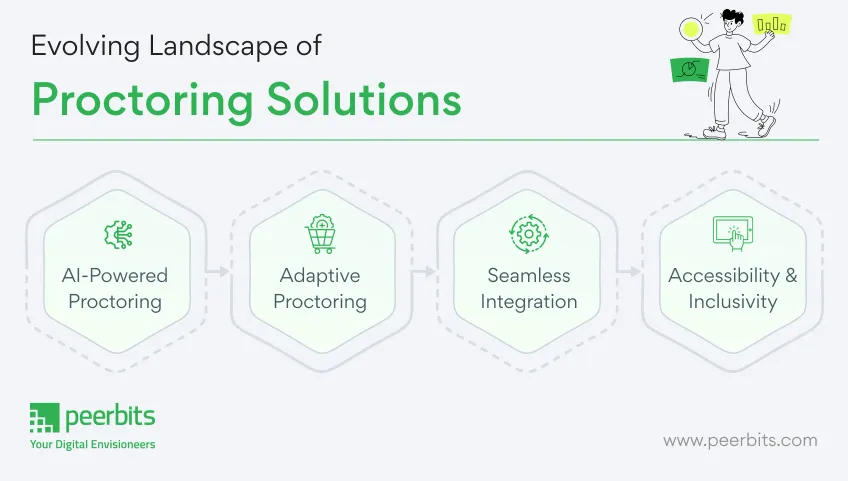
-
AI-Powered Proctoring: AI will play a central role in proctoring solutions. Advanced algorithms will become increasingly proficient at detecting and preventing cheating, while also reducing false positives.
-
Adaptive Proctoring: Proctoring solutions will become more adaptive, tailoring the level of supervision to the specific needs of the assessment and the trustworthiness of the student.
-
Seamless Integration: Improved integration with Learning Management Systems (LMS) and assessment platforms will make proctoring solutions even more accessible and user-friendly.
-
Accessibility and Inclusivity: Future proctoring solutions will be designed with accessibility and inclusivity in mind, ensuring that all students can participate in online assessments.
Innovations in Technology and AI
Technology and AI innovations will be instrumental in shaping the future of proctoring solutions:
-
Facial Recognition Advancements: Facial recognition technology will become more accurate and versatile, enhancing identity verification and behavior analysis.
-
Biometric Authentication: Biometric authentication methods, such as fingerprint and voice recognition, will become standard for verifying student identity.
-
Blockchain for Data Security: Uses of Blockchain technology will include secure data storage and audit trails, enhancing data protection and transparency.
-
Virtual Proctoring Agents: AI-powered virtual proctoring agents will take on more responsibilities, including handling routine tasks, responding to student inquiries, and providing immediate intervention in case of suspicious behavior.
Predictions for the Future of Online Assessment Integrity
Looking ahead, we can make several predictions about the future of online assessment integrity:
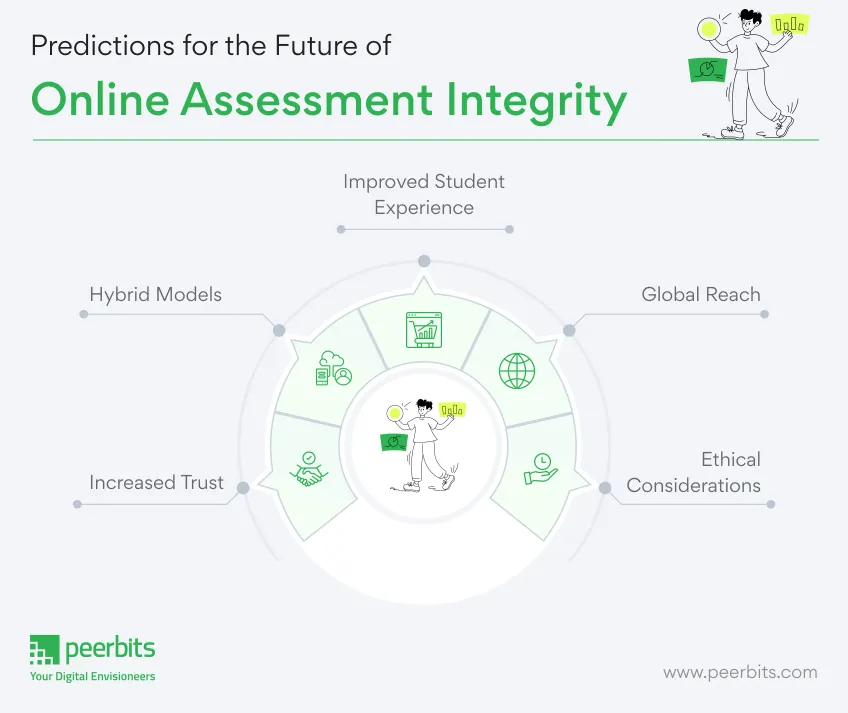
-
Increased Trust: As proctoring solutions become more sophisticated, educators, institutions, and students will have greater confidence in the integrity of online assessments.
-
Hybrid Models: The future may witness the emergence of hybrid assessment models, combining online and in-person proctoring to strike a balance between convenience and security.
-
Improved Student Experience: Innovations in proctoring technology will lead to a more seamless and less intrusive testing experience for students, reducing anxiety and discomfort.
-
Global Reach: Online assessments will continue to expand globally, enabling education institutions to reach a broader and more diverse audience.
-
Ethical Considerations: The use of AI and biometrics in proctoring solutions will raise ethical considerations, leading to the development of clear ethical guidelines and regulations.
Conclusion
The future of proctoring solutions is promising, with advancements in technology and AI reshaping the landscape of online assessment integrity. As these innovations continue to evolve, they will enhance the trustworthiness of online assessments and improve the overall experience for both educators and students.
By staying at the forefront of these developments, the education community can embrace the future of assessment with confidence and adaptability. Online assessment integrity is not only a necessity but an evolving opportunity to elevate the quality and accessibility of education. Peerbits is a leading software development company offering out-of-the-box solutions to the clients worldwide. You can rely on us for top quality proctoring software development solutions.


